APPROACHING THE VOLCANO
Filmoteca de Galicia | Tuesday June 3rd | 8:30 pm | Free entry to all venues until full capacity. It will not be possible to enter the venues after the screening has started.
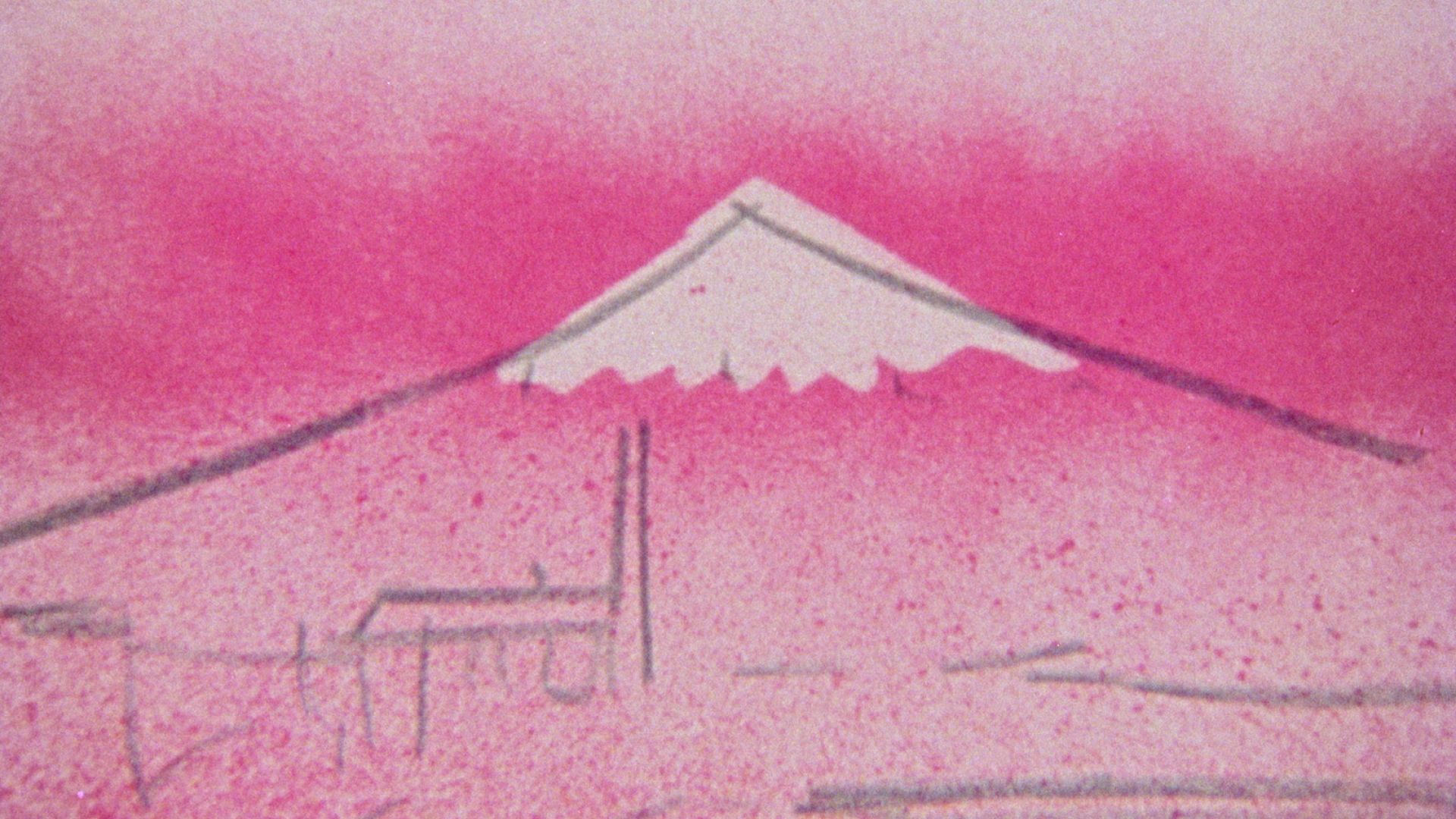
Fuji
Robert Breer | 1974 | USA | 16 mm | 9 min
A poetic, rhythmic and riveting achievement (in rotoscope and abstract animation) in which fragments of landscapes, passengers and train interiors blend into a magical coloured dream of a voyage.
(Amos Vogel)
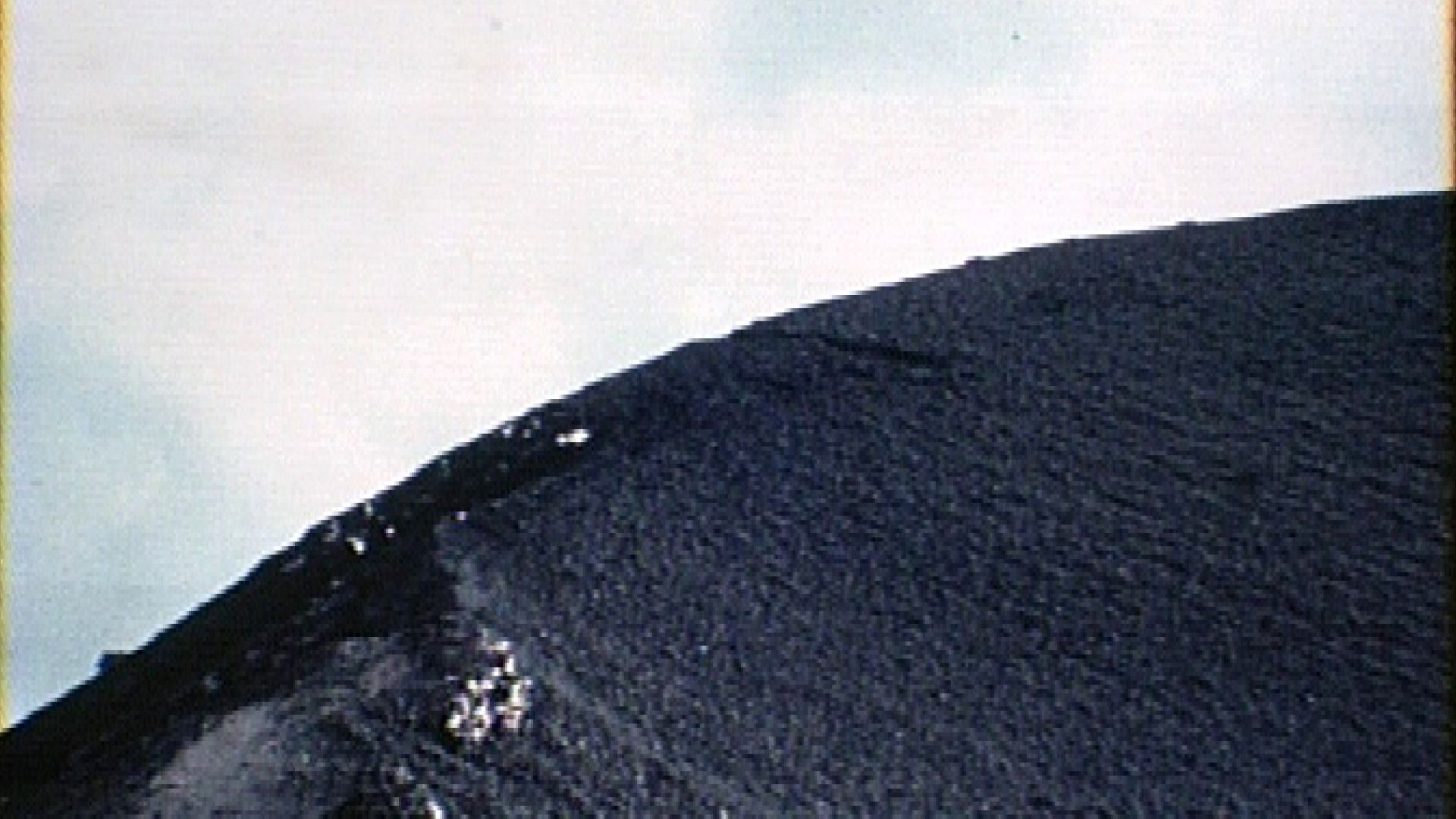
I.E. [site 01-isole eolie]
Lotte Schreiber | 2004 | Austria, Italy | Digitized Super 8 and video | 8 min
Stromboli appears briefly, as though lifted by a flash from out of the darkness into which it once again disappears. We then approach the Aeolian Islands.
In their cinematic representation, movement and motionlessness collide as do the materiality of Super 8 and video. In the space, which arises as the camera surveys the scene, the landscape is studied as a sensual experience, but also as an aesthetic subject of representation. The static and strictly framed Super 8 recordings of the volcano, the sea and the island construct a sublime beauty in accordance with conventions of landscape painting. The turbulent video recordings, on the contrary, play with an apparent directness, with a subjective gaze and the physicality of the images. These contradictory views of a given topography are tied into a strictly metric structure; the subjective and fascinating cartography of the landscape arises from their confrontation and association. […] In I.E. [site o1 – isole eolie], the landscape is subjected to the camera´s gaze, and is translated into images. As Robert Smithson states, it seems that “abstraction and nature fuse in art; it is the camera that triggers this synthesis”. And in the end, Stromboli once again pulls away from the camera´s gaze, disappearing into the darkness. (Barbara Pichler)
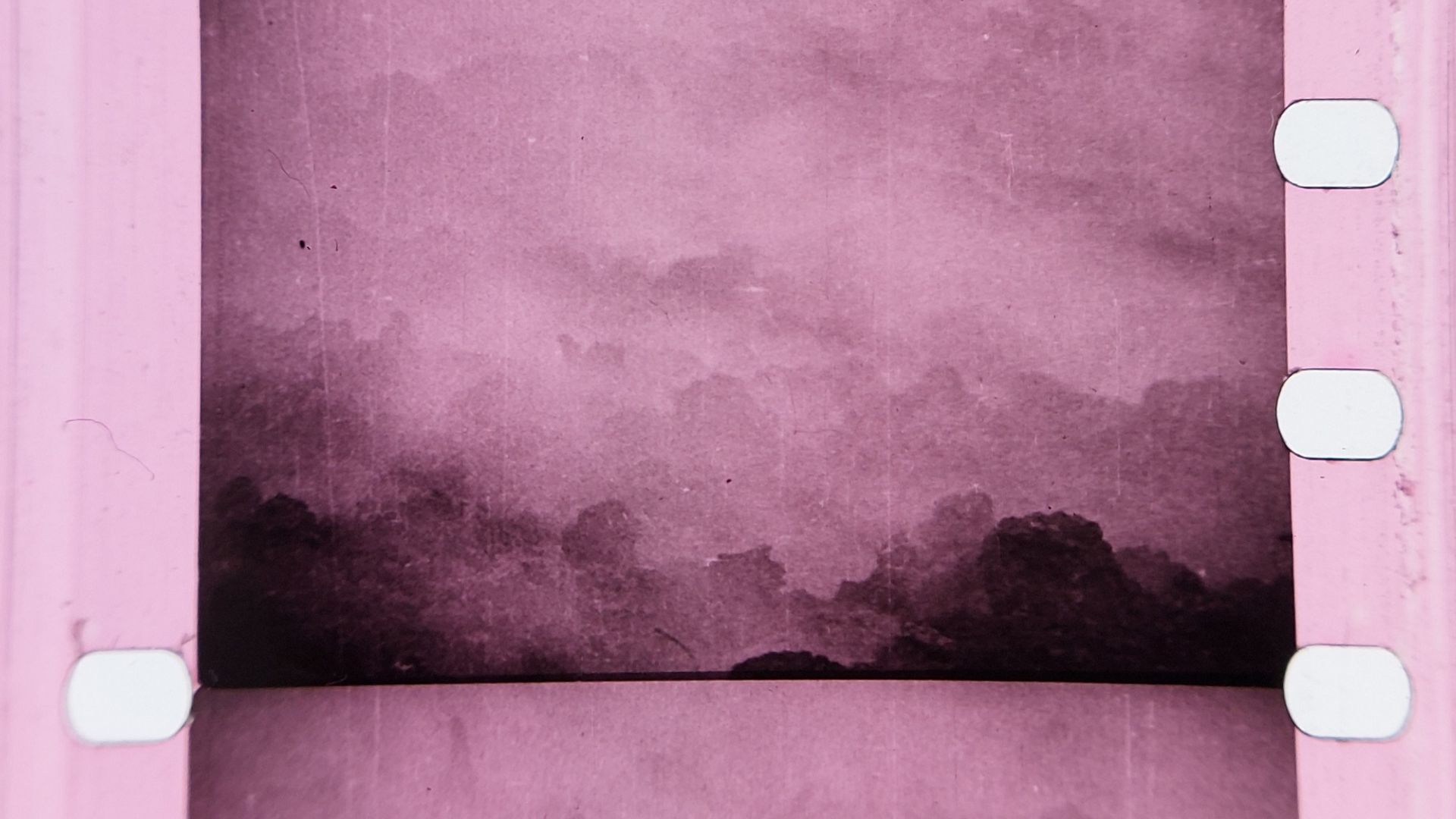
La Montagne Infidèle
Jean Epstein | 1923 | France | 28 mm digitized | 25 min
La Montagne Infidèle (The Unfaithful Mountain) was the missing piece among Jean Epstein’s work. At 26 years of age and early in his career, Epstein filmed this documentary about the eruption of Mount Etna in June 1923. Shot between Coeur Fidèle and La Belle Nivernaise, both from the same year with Paul Guichard as the cameraman, La Montagne Infidèle emphasizes the interest in real-life settings that was to dominate his filmography from the 1930s onwards, and which here takes the form of cataclysm and the extraordinary. The film’s mythical aura stems not only from its subject matter and filming conditions, but also from Epstein’s essay-like writings. His second book on cinema was titled The Cinematograph Seen from Etna (1926), and in it the theoretical reflection seems to arise from the extreme experience of the volcano.
In 2021, Pere Tresserra’s heirs deposited a collection of films of the Pathé-KOK kind, a 28 mm system for educational and family viewing, in the Filmoteca de Catalunya (Catalan Film Library). Thanks to the work of 2CR (Centre for Conservation and Restoration of the Filmoteca de Catalunya), this copy of La Montagne Infidèle was identified in the collection and restored. That is why we can finally project again what cinema witnessed on Etna. (Daniel Pitarch and Rosa Cardona)
Filmoteca de Catalunya, Col·lecció Pere Tresserra.
The film will be live soundtracked by the musical artist Irene Ivankovà. An improvised intervention through the sound of organs and electronic elements, manipulation of field recordings and the use of noise, which will give rise to a sound journey of immersive character.
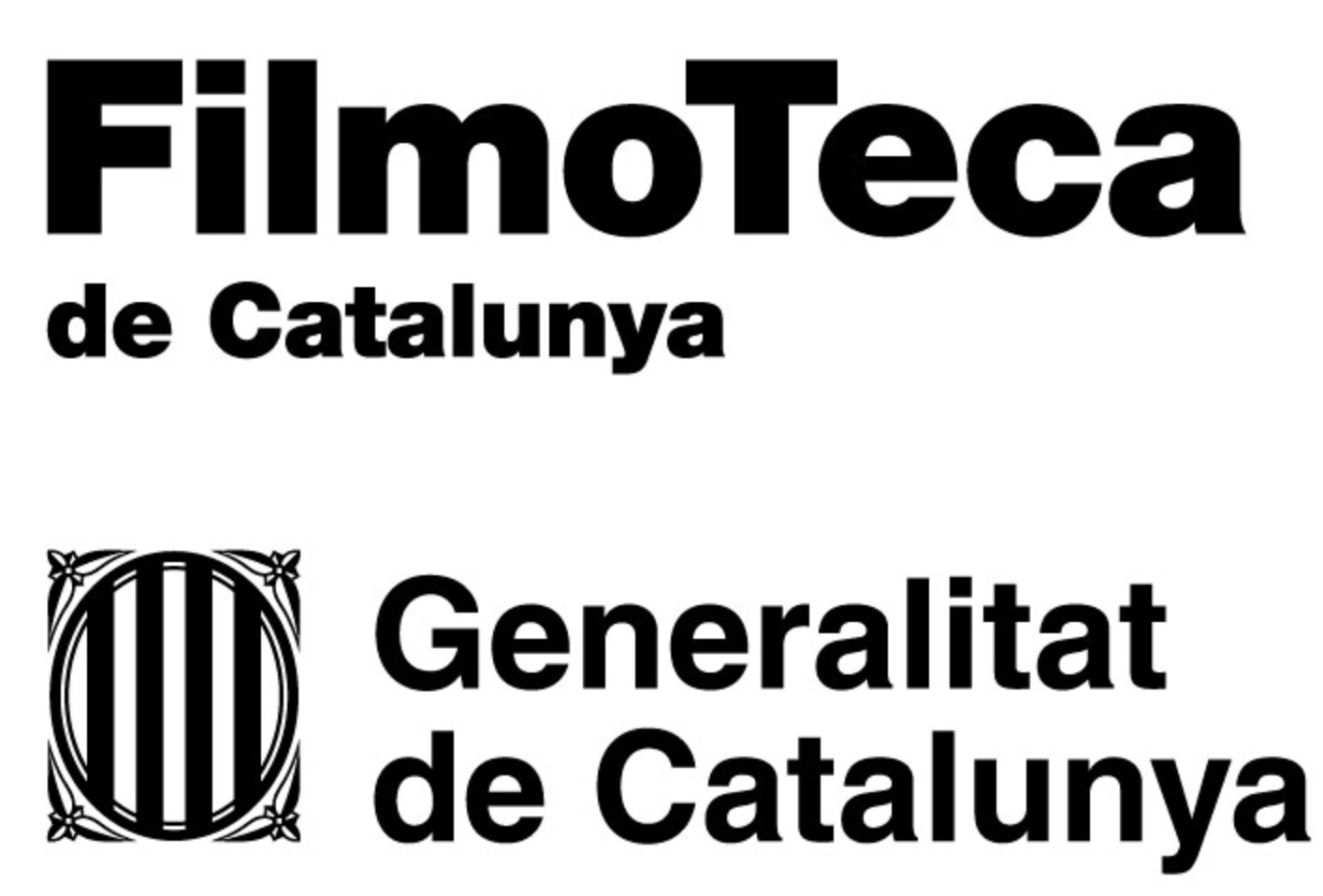
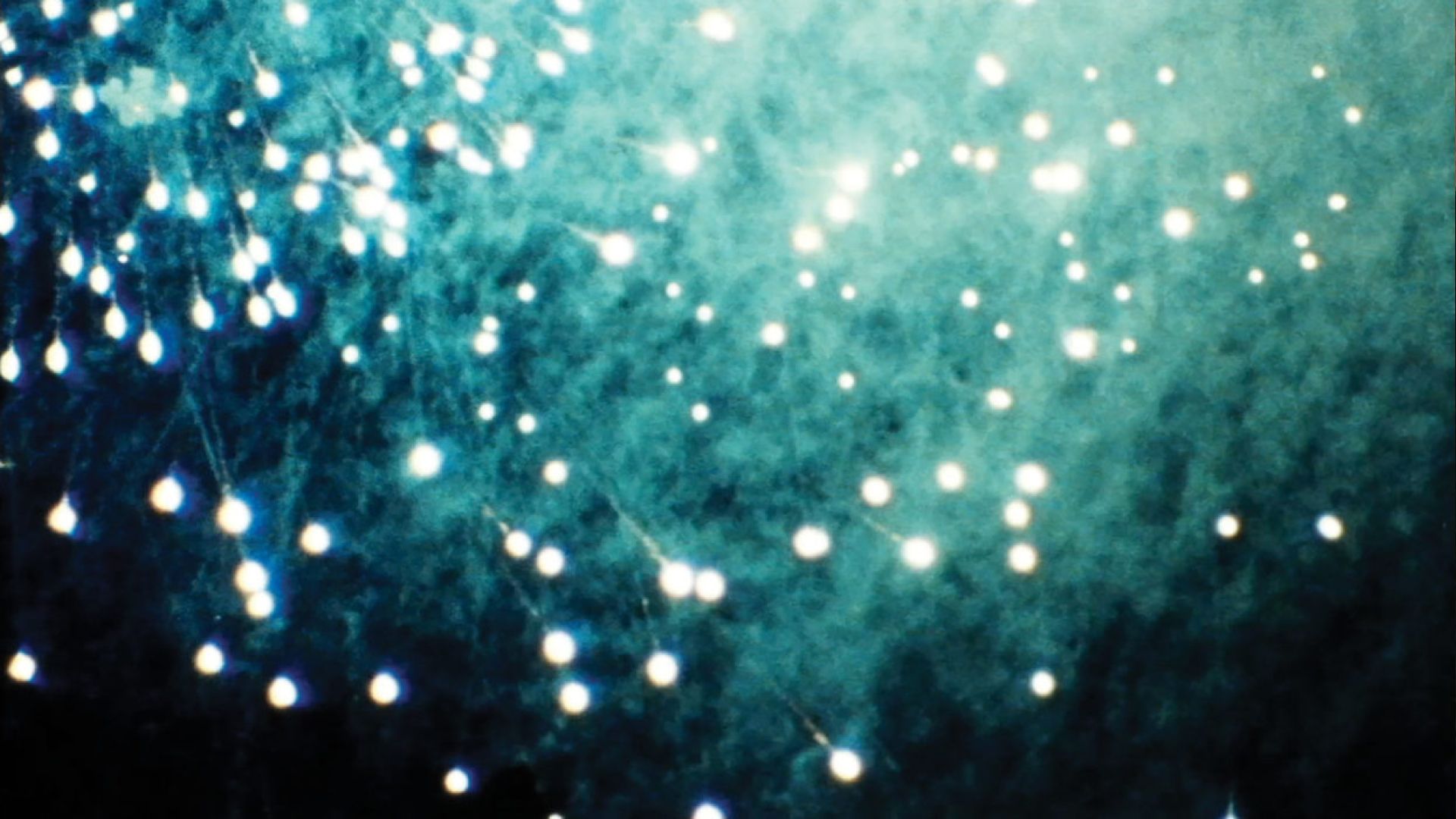
Light, Noise, Smoke, and Light, Noise, Smoke
Tomonari Nishikawa | 2023 | USA, Japan | 16 mm | 6 min
Fireworks were filmed at a summer festival in Japan with a Super 16 format camera in order to obtain images on the optical soundtrack area on the filmstrip. The position of the photocell to read the visual information on the optical soundtrack area in a 16 mm film projector is 26 frames in advance of the position of the gate to project the image. Each length of footage from 2 rolls of 16 mm film was cut into shots of 26 frames each, and the shots were alternated from one roll to another, which would further separate the sound and visuals, while producing a distinct rhythm throughout the film. (Tomonari Nishikawa)
FROM THE CENTRE OF THE EARTH TO THE FIRMAMENT. APPROACHING THE VOLCANO
A volcano is, in a way, a passage between two worlds: it is an opening through which magma forming inside the Earth emerges on the outside in the form of lava. It is a fearsome, fascinating mountain that devastates but also purifies. A volcanic eruption is a mesmerizing spectacle, but one that is difficult to portray due to its danger. A dormant volcano is something that instills an uneasy feeling of vital urgency and of the present. Evoking the image on the poster for this year’s Mostra, a collage of volcanoes and fires, this programme is a brief exploration of this idea of the volcano.
We are opening with Fuji (1974), a film that is a milestone in the career of perhaps the most significant figure in experimental animation, Robert Breer. Based on a domestic recording of a train journey through Japan, Breer sets his sights on Mount Fuji, a volcanic cone that is the very symbol of the country, a sacred mountain of incredible beauty. By abstracting its forms, using broken continuity and rotoscoping, Breer replicates Fuji’s omnipresence by looking at it from a distance: this is how the volcano appears to us.
We shall continue to get closer with I.E. [site 01-isole eolie] (2004) by the Austrian Lotte Schreiber. The location chosen by Schreiber is also packed with symbolism, in this case of the cinematic kind: here, it is Stromboli, one of the Aeolian Islands and part of a volcanic archipelago north of Sicily. The sea holds a powerful presence in this film, in which human presence is also felt striding through the ashes of past eruptions, climbing the volcano, in contrast to the distant scenic shots. The volcano begins to smoke.
The volcano’s eruption comes to us by the hand of Jean Epstein in a 1923 film, La Montagne Infidèle (The Unfaithful Mountain). This time it is Etna, an active volcano on the east coast of Sicily, near the city of Catania. It is a lost film (fortunately found and restored by the Filmoteca de Catalunya (Catalan Film Library)) that marks the beginning of a career for someone who was to become a filmmaker of unique lyricism, and also an enthusiastic theorist who believed in cinema as a weapon for the future. The record of the volcano’s eruption constructs a story that highlights the terrifying yet cyclical nature of this phenomenon; the intersection between life and death. Smoke rises, trees burn, and lava advances with deceptive slugishness.
Volcanologists like the Polish Haroun Tazieff and the French Katia and Mauricie Krafft (now famous for the documentary Fire of Love) had to invent ingenious suits and devices to be able to film the volcanoes close enough to faithfully portray the spectacular nature of the eruptions and the red-hot lava exploding. However, in this programme we have decided to transfer this experience to the realm of the symbolic with Light, Noise, Smoke, and Light, Noise, Smoke (2023), the latest film by Japanese filmmaker Tomonari Nishikawa, who visited us in 2021 and appeared in one of the Camera Obscura that we streamed in 2020. This is how we wish to bid farewell and pay tribute to a brilliant filmmaker and one of the most extraordinary people this profession has ever gifted us. The film uses a very simple motif, the filming of fireworks, which by using cinematic intelligence, amplifies and lends pace to the primal emotion of the show. This is our depiction of the erupting lava, our definitive immersion into the volcano and approach to it through cinema. For aren’t volcanic eruptions the fireworks that detonate the bowels of the earth?
Elena Duque
